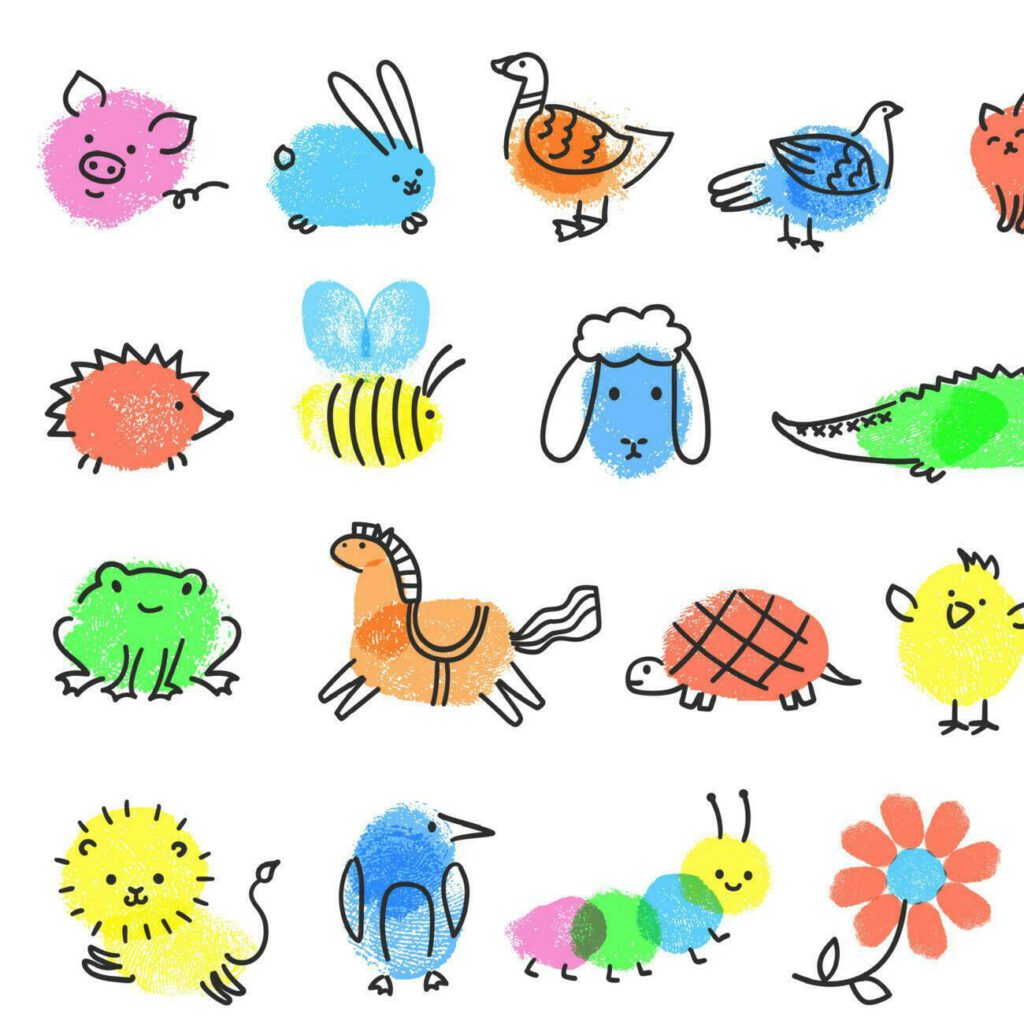Objective
Students will be able to identify, describe, and classify common animals based on their characteristics (e.g., habitat, diet, physical features).
Materials Needed
- Animal flashcards or pictures
- Chart paper or whiteboard
- Markers or crayons
- Worksheet with animal classification activities
- Animal storybook (optional)
- Glue and construction paper
Lesson Outline
Introduction (10 minutes)
- Greeting and Warm-Up:
- Greet students and ask them to sit in a circle.
- Sing a short, interactive song about animals (e.g., “Old MacDonald Had a Farm”).
- Introduction to Animals:
- Show large pictures of common animals (e.g., lion, dog, fish, bird).
- Say the name of each animal and ask students to repeat.
- Discuss simple characteristics (e.g., “A lion has a mane,” “Fish live in water”).
Guided Practice (15 minutes)
- Exploring Animal Characteristics:
- Use a whiteboard to create a chart with categories like habitat (land, water, air) and diet (herbivore, carnivore, omnivore).
- Discuss examples for each category with the class.
- Interactive Activity:
- Distribute animal flashcards to students.
- Call out categories (e.g., “Animals that fly”) and ask students to hold up a card that matches.
- Encourage students to explain their choices (e.g., “A bird flies because it has wings”).
Independent Practice (15 minutes)
- Worksheet Activity:
- Hand out worksheets with tasks like:
- Match the animal to its habitat.
- Color the animals based on their type (e.g., land animals green, water animals blue).
- Draw your favorite animal.
- Hand out worksheets with tasks like:
- Creative Craft:
- Provide glue and construction paper.
- Ask students to create an animal scene (e.g., a forest, ocean, or farm) using cutout animal shapes.
Closing (10 minutes)
- Animal Guessing Game:
- Describe an animal using its characteristics (e.g., “I have a long trunk and big ears”).
- Students guess the animal.
- Reflection:
- Gather back in the circle.
- Ask students to share their favorite animal and explain why.
- Recap what they learned about animals.
- Goodbye Song:
- Sing a goodbye song, incorporating animals learned (e.g., “Goodbye Lion, Goodbye Bird”).
Assessment
- Observe students during the animal identification activity.
- Review completed worksheets for accuracy.
- Check participation in the craft and animal guessing game.
Extensions (Optional)
- Outdoor Activity: Go on a nature walk to observe real animals or signs of animals (e.g., nests, tracks).
- Story Time: Read a book about animals, such as “Brown Bear, Brown Bear, What Do You See?” by Bill Martin Jr.
- Technology Integration: Use an animal-themed educational app or interactive whiteboard activity to reinforce concepts.
